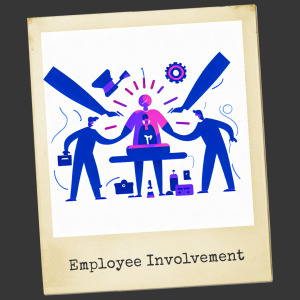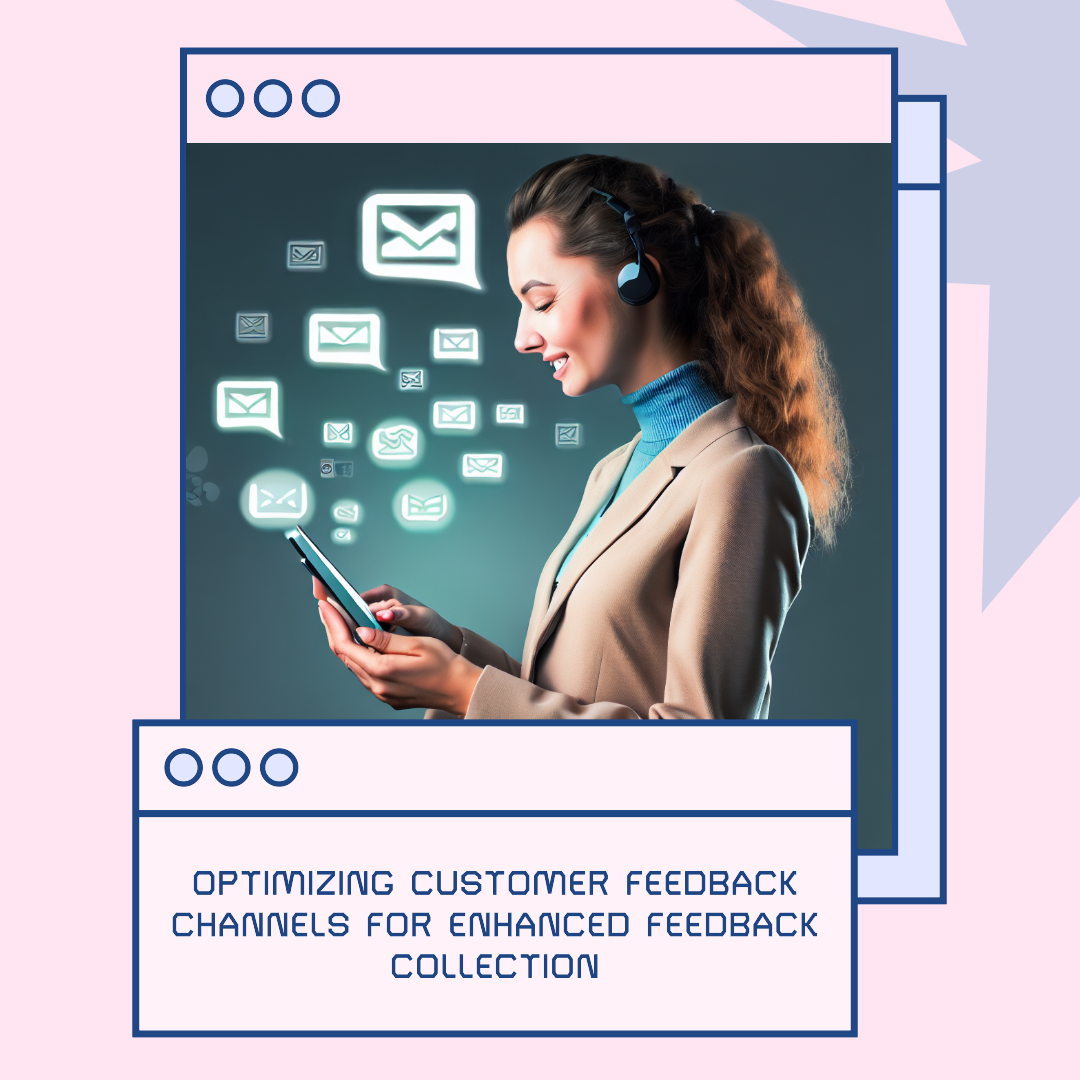In the ever-evolving landscape of business, customer feedback has emerged as an invaluable asset.
It serves as a compass guiding organizations toward understanding their customers’ needs, expectations, and pain points. An optimized customer feedback collection process can be the difference between a company that thrives and one that merely survives.
In this article, we will explore the strategies and approaches to elevating customer feedback channels and ensuring enhanced and insightful feedback collection.
Multi-Channel Approach

Gone are the days when customer feedback was limited to physical comment cards or phone calls. The digital age has ushered in a plethora of channels through which customers can voice their opinions: social media, email, chatbots, online surveys, and more. By embracing a multi-channel approach, businesses cast a wider net to capture feedback from diverse customer segments. This approach not only increases the quantity of feedback collected but also provides a holistic view of customer sentiment.
Real-time Feedback

In today’s fast-paced world, customers expect swift responses. Integrating real-time feedback mechanisms ensures that feedback is captured while it’s still fresh in the customer’s mind. This could involve embedding feedback prompts within digital touchpoints or using mobile apps to gather immediate impressions. Real-time feedback not only enhances accuracy but also demonstrates a commitment to addressing concerns promptly.
Personalization and Incentives

Customers are more likely to provide feedback when they perceive a genuine interest in the company. Personalized requests that acknowledge the customer’s previous interactions and purchases can make them feel valued. Offering incentives, such as discounts, exclusive content, or loyalty points, can further motivate customers to share their insights. This approach transforms feedback collection from an obligation into a mutually beneficial interaction.
Seamless User Experience

Feedback collection processes should mirror the seamless user experience that modern consumers expect. Lengthy surveys, complex navigation, and tedious forms can deter customers from providing feedback. By crafting intuitive and user-friendly interfaces, companies can encourage greater participation and yield more accurate feedback.
Data Analysis and Action

Collecting feedback is only half the battle; the true value lies in the analysis and implementation of insights. Leveraging data analytics tools can help identify trends, patterns, and recurring issues. With these insights, companies can make informed decisions, fine-tune their offerings, and rectify pain points to enhance customer satisfaction.
Employee Involvement

Customer-facing employees often have firsthand insights into customer experiences. Encouraging them to proactively seek feedback and share it with the relevant teams bridges the gap between customer-facing roles and strategic decision-makers. This collaborative approach fosters a customer-centric culture and streamlines the feedback loop.
Feedback Transparency

Customers appreciate transparency regarding how their feedback is used to drive improvements. Sharing success stories or showcasing instances where customer feedback led to tangible changes creates a sense of community and encourages ongoing engagement.
Continuous Iteration

The pursuit of optimizing feedback channels is an ongoing process. Regularly evaluating the effectiveness of different channels, feedback forms, and collection strategies allows businesses to refine their approach based on evolving customer preferences.
Conclusion
In conclusion, the art of optimizing customer feedback channels for enhanced feedback collection is a blend of technology, empathy, and strategic thinking.
By embracing a multi-faceted approach, focusing on real-time interactions, personalizing requests, prioritizing user experience, leveraging data insights, involving employees, promoting transparency, and maintaining a culture of continuous improvement, businesses can harness the power of customer feedback to fuel their growth and success.
FAQ’s
What is a multi-channel feedback approach, and why should businesses consider it?
A multi-channel feedback approach involves collecting customer feedback through various channels such as social media, email, surveys, and more. This approach is important as it ensures a wider reach and caters to diverse customer preferences for communication. It provides a comprehensive view of customer sentiment and helps capture feedback from different customer segments.
How can real-time feedback collection benefit my business?
Real-time feedback collection enables businesses to capture customer feedback immediately after an interaction or experience. This timely data provides accurate insights and allows businesses to address concerns promptly, showcasing a commitment to customer satisfaction and continuous improvement.
What role do personalization and incentives play in feedback collection?
Personalized feedback requests make customers feel valued and heard, increasing their willingness to provide feedback. Incentives such as discounts, rewards, or exclusive content further motivate customers to share their opinions. This approach transforms feedback into a mutually beneficial interaction, enhancing participation rates.
How does data analysis contribute to effective feedback utilization?
Data analysis helps identify trends, patterns, and recurring issues within the collected feedback. Businesses may enhance their goods, services, and overall consumer experiences by understanding these insights and making wise choices. Making decisions based on data ensures that input is not only gathered but also considered.
What is the significance of employee involvement in feedback collection?
Involving customer-facing employees in feedback collection promotes a customer-centric culture within the organization. These employees have direct interactions with customers and can provide valuable insights. Encouraging them to proactively seek feedback and share it with relevant teams bridges the gap between front-line experiences and strategic decision-making.

